Jaboticaba Tree – Brazilian Grape Tree – 3 Feet Tall – Fruit Tree
$150.00
Bring the tropics home with this 3-foot tall Jaboticaba Tree! Enjoy delicious fruit right from your backyard. This Brazilian Grape Tree is easy to grow and adds beauty to any landscape.
-
USDA Hardiness Zone
9-11 -
Soil Type
Acidic to Neutral -
Sunlight Exposure
Full Sun, Medium Sun, Partial Shade -
Expected Planting Period
Spring or Early Summer
Sep 09
Sep 14 - Sep 16
Sep 19 - Sep 23
Bring the Taste of Brazil to Your Garden with a Jaboticaba Tree
The Jaboticaba Tree, also known as the Brazilian Grape Tree, is a unique and beautiful addition to any garden. This 3-foot tall tree produces delicious, edible fruit directly on its trunk and branches, making it a conversation starter and a source of fresh, homegrown treats. The Jaboticaba Tree is a slow-growing evergreen, making it a long-lasting investment for your landscape.
This subtropical and tropical tree thrives in full sun to partial shade and prefers well-draining, acidic to neutral soil. With proper care, your Jaboticaba Tree will reward you with an abundance of black, grape-like fruit that can be enjoyed fresh, made into jams, or used in other culinary creations. The evergreen foliage adds year-round beauty to your garden. The Brazilian Grape Tree will be shipped with pot and soil every Monday through Wednesday.
Key Benefits of Owning a Jaboticaba Tree:
- Edible Fruit: Enjoy delicious, homegrown fruit right from your own tree.
- Unique Appearance: The fruit grows directly on the trunk and branches, creating a stunning visual display.
- Evergreen Foliage: Provides year-round greenery and visual interest.
- Adaptable: Thrives in a variety of conditions with proper care.
- Long-Lived: A slow-growing tree that will provide enjoyment for years to come.
Frequently Asked Questions:
- How big will the Jaboticaba Tree get? While slow-growing, Jaboticaba Trees can reach up to 10-15 feet tall in optimal conditions.
- What type of soil does this tree need? The Jaboticaba Tree prefers well-draining soil that is slightly acidic to neutral (pH 6.0-7.0).
- How often should I water my Jaboticaba Tree? Water regularly, especially during dry periods. The soil should be kept consistently moist, but not waterlogged.
- How much sunlight does the Jaboticaba Tree need? This tree thrives in full sun to partial shade, requiring at least 6 hours of sunlight per day for optimal fruit production.
- When is the best time to plant a Jaboticaba Tree? The best time to plant is during the spring or early summer, allowing the tree to establish itself before winter.

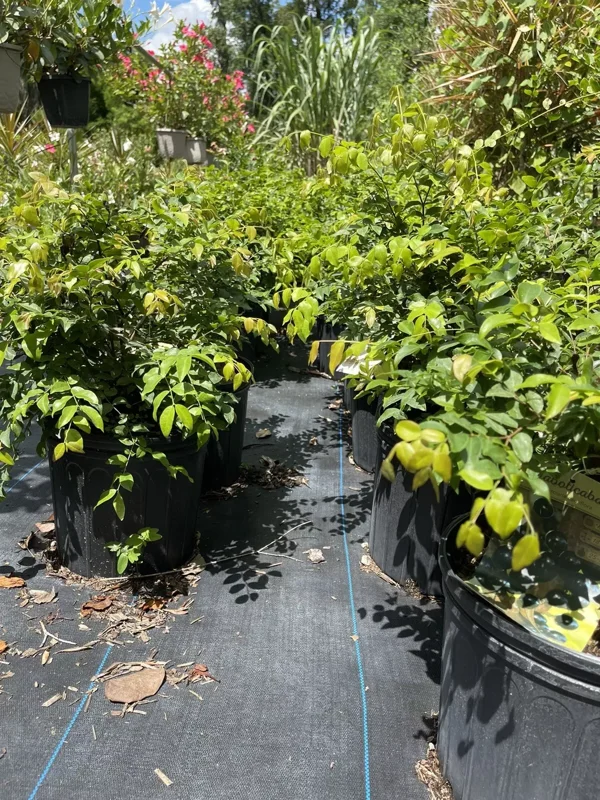
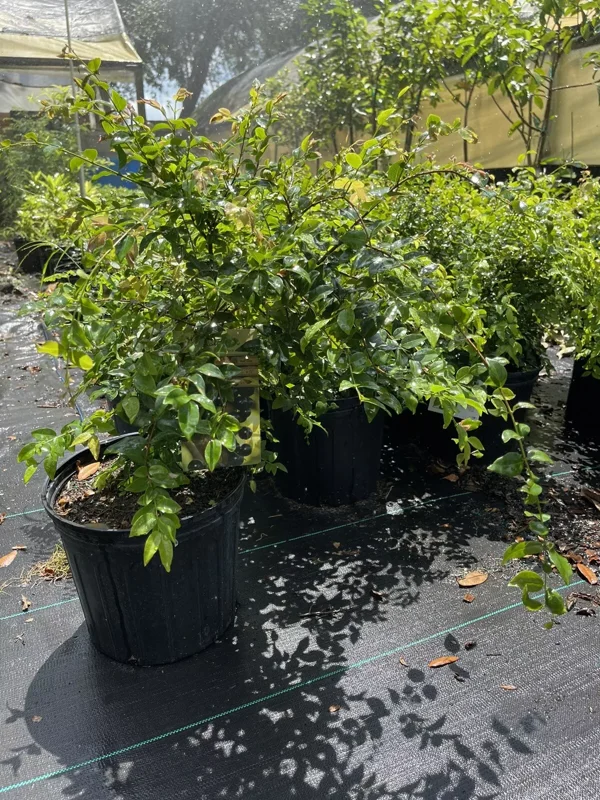
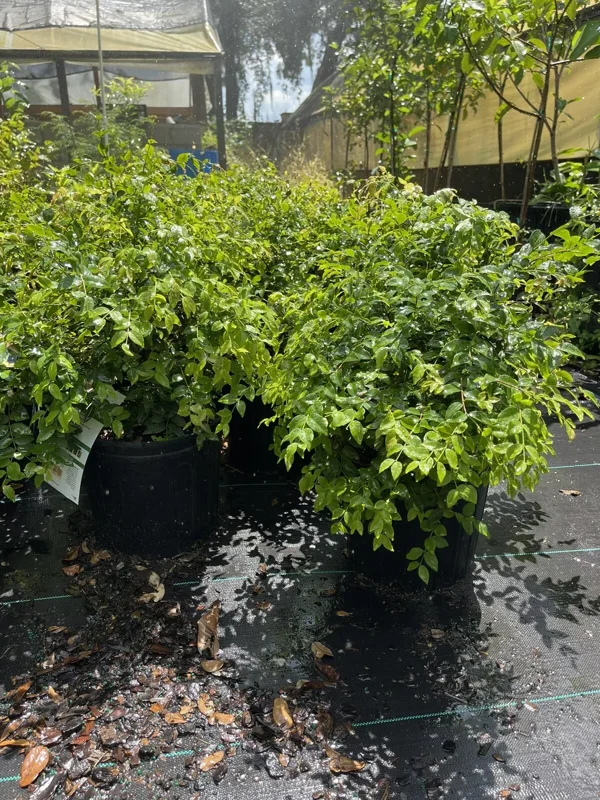

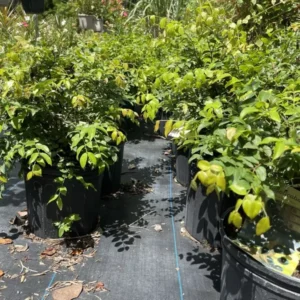
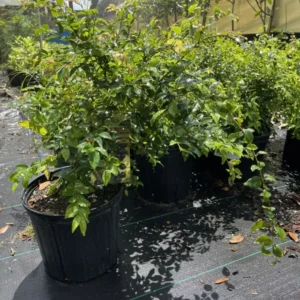
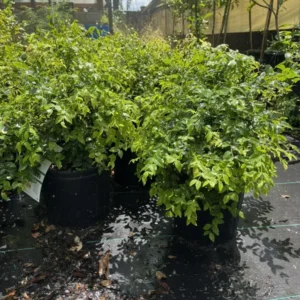
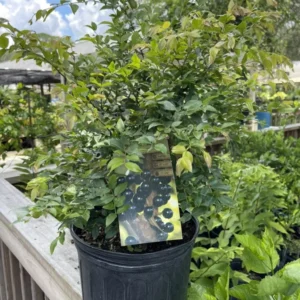
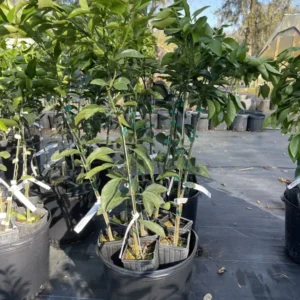




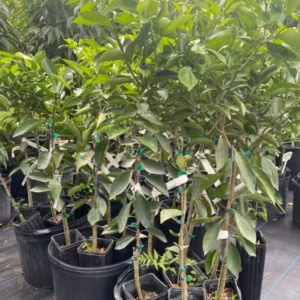
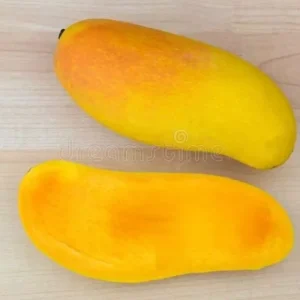

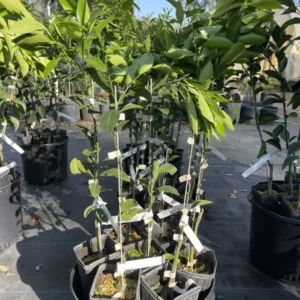
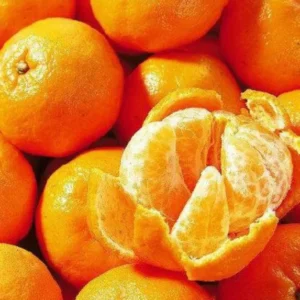


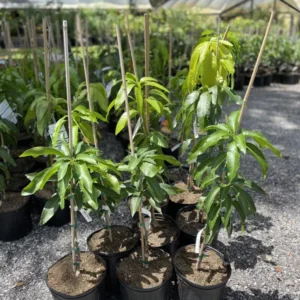
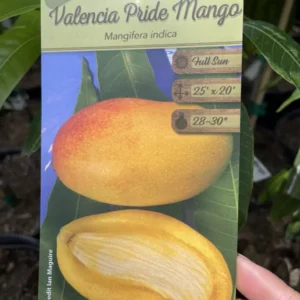

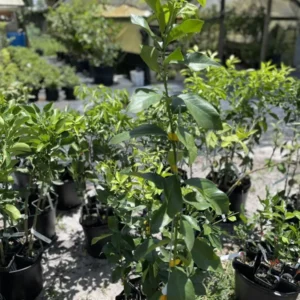
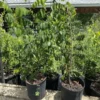
Reviews
There are no reviews yet.